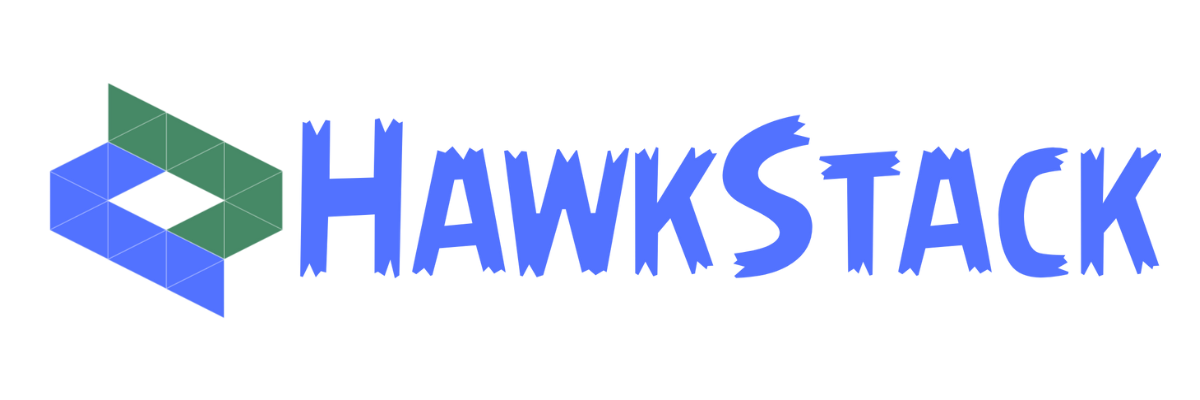Developing and Deploying AI/ML Applications on Red Hat OpenShift AI
An introduction to developing and deploying AI/ML applications on Red Hat OpenShift AI.
Developing and Deploying AI/ML Applications on Red Hat OpenShift AI (AI267) provides students with the fundamental knowledge about using Red Hat OpenShift for developing and deploying AI/ML applications. This course helps students build core skills for using Red Hat OpenShift AI to train, develop and deploy machine learning models through hands-on experience.
This course is based on Red Hat OpenShift ® 4.16, and Red Hat OpenShift AI 2.13.
Course Content Summary
- Introduction to Red Hat OpenShift AI
- Data Science Projects
- Jupyter Notebooks
- Red Hat OpenShift AI Installation
- Users and Resources Management
- Custom Notebook Images
- Introduction to Machine Learning
- Training Models
- Enhancing Model Training with RHOAI
- Introduction to Model Serving
- Model Serving in Red Hat OpenShift AI
- Introduction to Data Science Pipelines
- Working with Pipelines
- Controlling Pipelines and Experiments
Target Audience
- Data scientists and AI practitioners who want to use Red Hat OpenShift AI to build and train ML models
- Developers who want to build and integrate AI/ML enabled applications
- Developers, data scientists, and AI practitioners who want to automate their ML workflows
- MLOps engineers responsible for operationalizing the ML lifecycle on Red Hat OpenShift AI
Introduction to Red Hat OpenShift AI
Identify the main features of Red Hat OpenShift AI, and describe the architecture and components of Red Hat AI.
Data Science Projects
Organize code and configuration by using data science projects, workbenches, and data connections
Jupyter Notebooks
Use Jupyter notebooks to execute and test code interactively
Red Hat OpenShift AI Installation
Install Red Hat OpenShift AI and manage Red Hat OpenShift AI components
User and Resource Management
Manage Red Hat OpenShift AI users and allocate resources
Custom Notebook Images
Create and import custom notebook images in Red Hat OpenShift AI
Introduction to Machine Learning
Describe basic machine learning concepts, different types of machine learning, and machine learning workflows
Training Models
Train models by using default and custom workbenches
Enhancing Model Training with RHOAI
Use RHOAI to apply best practices in machine learning and data science
Introduction to Model Serving
Describe the concepts and components required to export, share and serve trained machine learning models
Model Serving in Red Hat OpenShift AI
Serve trained machine learning models with OpenShift AI
Introduction to Data Science Pipelines
Define and set up Data Science Pipelines
Working with Pipelines
Create data science pipelines with the Kubeflow SDK and Elyra
Controlling Pipelines and Experiments
Configure, monitor, and track pipelines with artifacts, metrics, and experiments
Impact on the Organization
Organizations collect and store vast amounts of information from multiple sources. With Red Hat OpenShift AI, organizations have a platform ready to analyze data, visualize trends and patterns, and predict future business outcomes by using machine learning and artificial intelligence algorithms.
Impact on the Individual
As a result of attending this course, you will understand the foundations of the Red Hat OpenShift AI architecture. You will be able to install Red Hat OpenShift AI, manage resource allocations, update components and manage users and their permissions. You will also be able to train, deploy and serve models, including how to use Red Hat OpenShift AI to apply best practices in machine learning and data science. Finally you will be able to define and set up data science pipelines with Red Hat OpenShift AI.

